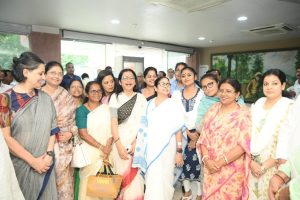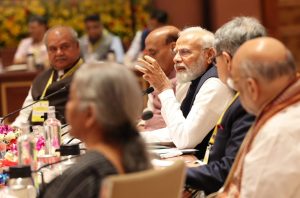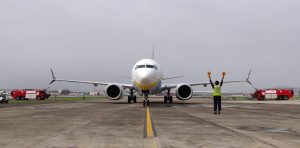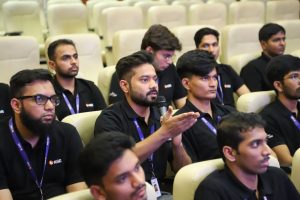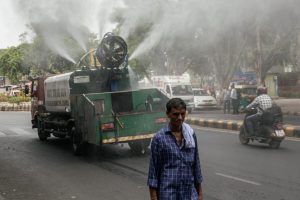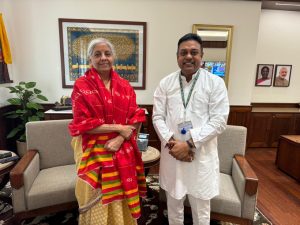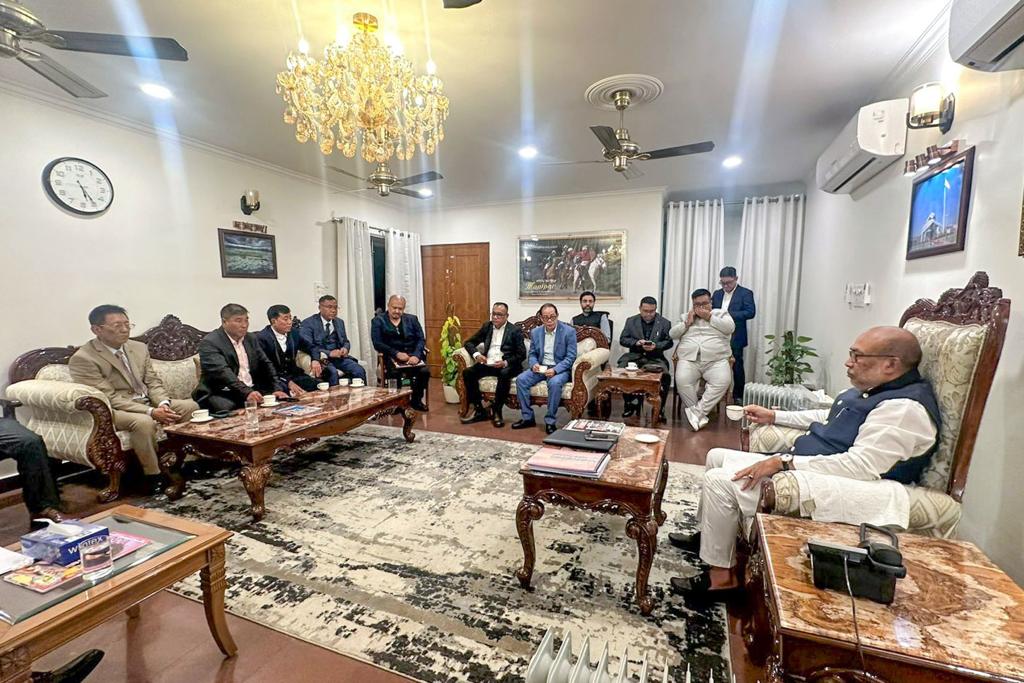
unlf unit
By Our Special Correspondent
New Delhi, November 29: After Manipur Chief Minister N Biren Singh gave hints of an insurgent group set to sign peace accord, United National Liberation Front on Wednesday signed the pace pact with Centre and the state government. Union Minister for Home Affairs Amit Shah hailed the development.
“The peace agreement signed today with the UNLF by the Government of India and the Government of Manipur marks the end of a six-decade-long armed movement,” said Shah. The UNLF was formed on November 24, 1964 by Khalanlang Kamei (Kabui Naga) as President, Thangkhopao Singsit (Kuki) as Vice President and A. Somarendro Singh (Meitei) as General Secretary as a vehicle for propagating the Pan-Mongolian Movement/PMM movement.
Its armed wing namely Manipur Peoples’ Army (MPA) was formed on February 9, 1990. The UNLF favoured a long-term programme for dissemination of the PMM concept, establishing foreign contacts (mainly with China) and gradually capturing political power with the help of the indoctrinated youth and intelligentsia.
It also aimed at ‘liberating’ Manipur and its neighbouring States from the ‘domination’ of ‘Indian imperialists’ and regaining the Kabow Valley in Myanmar for Manipur. The outfit split into two factions due to internal differences. Jointly the two factions are estimated to have about 400-500 cadres with more than 500 weapons.
The two factions have been able to entice a large number of youth into the outfit exploiting the ethnic turmoil in Manipur. The organizational structure of UNLF comprises of a Chairman, Central Committee (5 members), Military Affairs Committee (3 members), Standing Committee (4 members), etc. Before the onset of ethnic violence in Manipur, all its camps and hideouts were located in Myanmar.
UNLF is a constituent of Coordination Committee (CorCom, umbrella organisation of earlier six, currently four prominent Meitei armed groups – namely RPF/PLA, PREPAK and PREPAK/PRO). It has been declared as an unlawful association under UAPA. UNLF has been carrying out its activities, including violence and propaganda jointly in consultation with other constituents of CorCom. The close association of these constituents was one of the reasons for Meitei UG outfits not responding to offers of coming overground and joining the mainstream.
The area of operation of UNLF was the valley districts of Manipur (Imphal East, Imphal West, Thoubal, Bishnupur, Jiribam and Kakching) and some Kuki/Vapiphei dominated villages of Hill districts of Manipur. Camps/training centres/hideouts/shelter places are based in Sagaing Region, Chin State and Rakhine State in Myanmar. The outfit was able to operate freely within Myanmar due to its close links with officials of Myanmar Army. In recent attacks by pro-democracy civil militia (Peoples Defence Forces/PDFs) on camps of IIGs, the Koireng faction suffered extensive damage to its camps and a significant number of its weapons were looted by PDFs.
The prevailing ethnic conflict in Manipur provided an opportunity to most Valley-Based Insurgent Groups (VBIGs), including UNLF to clandestinely infiltrate into Manipur, ostensibly to aid the defence of Meitei villages against Kuki armed miscreants. However, side by side these outfits indulged in violence, extortion and recruitment with a view to strengthen themselves in Manipur, especially in view of the prevailing situation in Myanmar. UNLF has been projecting its actions as aligned with the interests of the majority Meitei community by checking drug trafficking, immoral activities etc. in order to elicit public support for its presence, protection and patronage. It is estimated that the two factions of UNLF have recruited and trained more than 500 recruits in the past few months.
“Based on ethnic identities, insurgent groups, including UNLF, have developed links with political leaders, civil society organisations and local Press to carry forward their objectives. These outfits also maintain close links with prominent businessmen and government officials to extract their pound of flesh via extortion,” said a note circulated by the government unofficially.
UNLF, being the oldest Meitei UG outfit has always wielded a significant influence on various public issues. Most of the impact is through its front organisations such as (i) United Committee, Manipur/UCM, (ii) National Identity Protection Committee/NIPCO, (iii) Apunba Manipur Kanbalma Lup/AMKIL, (iv) Meitei Council, Moreh/MCH, (v) All Manipur Students’ Union/AMSU, and (vi) Coalition Against Drugs & Alcohol/CADA. UNLF has been mobilizing public/organising agitations on several issues, including Naga political settlement, delimitation exercise, and protest against the Citizenship Amendment Act etc. The senior leaders of UNLF responded favorably to the offer of GoI to join the mainstream for the first time in 2020. More than 400 cadres with an equal number of weapons are initially likely to join the peace process which will have a significant impact on the security scenario of the State and the North East region. Armed cadres of other outfits have also expressed their inclination to join the peace process in the coming days. Besides having a significant impact on the security scenario in terms of violence, the return of UNLF, the oldest and the largest Meitei UG outfit, will also provide an opportunity to address the longstanding concerns of the State of Manipur.

